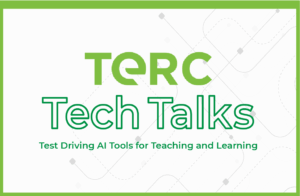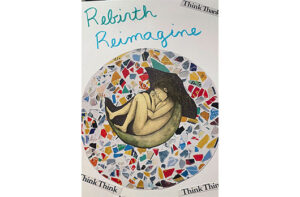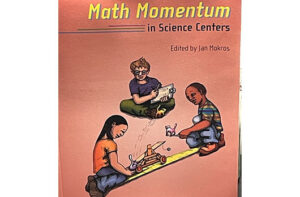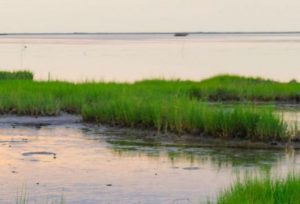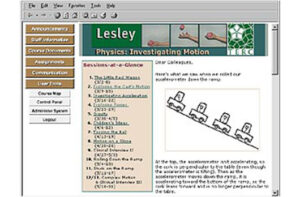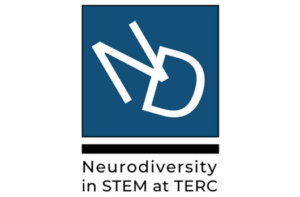Research Briefs through Interpreters’ Eyes: Recommendations for Scientists Sharing Park‐Based Research
Martha Merson, Alyssa Parker‐Geisman, Louise C. Allen, Nickolay I. Hristov
© 2020 The Authors. The Bulletin of the Ecological Society of America, published by Wiley Periodicals, Inc., on behalf of the Ecological Society of America.
Introduction
Today’s scientists and science communicators have to navigate a complex and rapidly changing media environment (National Academies 2016). Americans are divided along party lines in terms of how they view the value and objectivity of scientists. In particular, there are sizable gaps between Democrats and Republicans when it comes to trust in scientists whose work is related to the environment (Funk et al. 2019).
In a media landscape pocked with skepticism and false claims, partnerships with trusted institutions are valuable and critical (Nesbit 2014, Skorton 2018). Intermediaries like docents, interpretive rangers, and guides who work in museums, zoos, and aquariums win high marks for trust among public audiences. These interpreters have the potential to increase the public’s perception of the value of scientific research (National Research Council 2009, Schneider 2017). As truth is replaced with true‐sounding “post‐facts,” it is critical for science to advance the most accurate knowledge (Plavén‐Sigray et al. 2017). One way to do so is to maximize its accessibility to non‐specialists. However, scientists and interpreters face time constraints that limit opportunities for in‐depth, face‐to‐face exchanges about place‐based studies. Furthermore, scientists’ published, peer‐reviewed articles are often not accessible to professional audiences outside academe (Merson et al. 2017). With readability of scientific texts decreasing (Plavén‐Sigray et al. 2017), research briefs are a valuable and reasonable compromise.
Briefs are produced across disciplines. Here, we focus on their features and usability within the National Park Service (NPS). As explained on NPS websites, 18 research learning centers and 32 regional offices of the Inventory & Monitoring (I&M) Division support science scholarship and communicate park‐relevant findings. Lengthy technical reports do not meet the needs of all audiences; hence, they produce resource briefs: “concise highlights of monitoring findings in a visually appealing format that are directed towards a wider range of NPS staff” (Mims et al. 2016). Briefs are vetted by scientists and staff with disciplinary expertise, making them reliable sources of information which convey essential facts to their readers.
The OASLC staff collaborates with park staff from a variety of disciplines as well as natural resource staff with Alaska’s Southeast and Southwest Inventory and Monitoring Networks (I&M) in developing and providing resource briefs. … The OASLC works with park and I&M staff in determining who the main audience will be when drafting these resource briefs, as well as working with staff in order to determine the best ways to disseminate resource brief information (for example: websites, interpretive training, and/or presentations). The OASLC posts current and past resource briefs on the OASLC website, as well as links to where these briefs are housed on park and I&M sites (available online; referred to on March 25, 2020).1
In this article, we focus on the format preferences and priorities of an essential group of potential users of research briefs. We contend that slight changes in the typical format and content will make briefs more useful to docents, volunteers, and interpretive rangers (hereafter all referred to as interpreters) who are in a position to communicate science in parks, nature centers, and other informal learning environments. The parks where they work function as our nation’s valuable outdoor laboratories, an underappreciated aspect of protected land (Shea 2015, Char et al. 2020). Discussing place‐based, ecological studies is a natural fit for park interpreters. The National Association for Interpretation defines interpretation as “a mission‐based communication process that forges emotional and intellectual connections between the interests of the audience and the meanings inherent in the resource.” The tag line is even more explicit about the place‐based nature of interpretation: If you help visitors learn about a place that’s important to you, you’re an interpreter (National Association for Interpretation 2020).
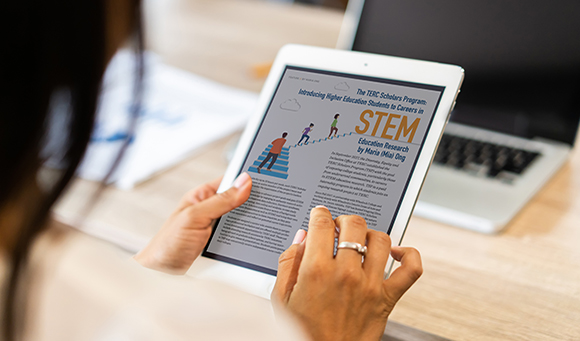
Related People:
Martha Merson




